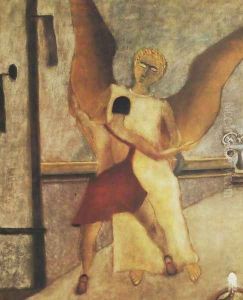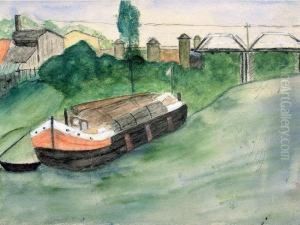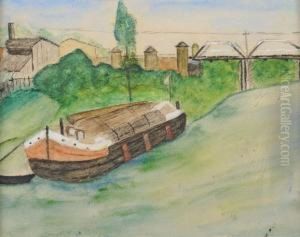Jan Spychalski Paintings
Jan Spychalski was a renowned Polish painter, born in 1879 in Poznań, which at the time was under Prussian rule. Known for his contributions to the genre of portrait painting, as well as his works depicting historical and everyday scenes, Spychalski occupies a significant place in the pantheon of Polish art.
Spychalski received his initial artistic education at the School of Decorative Arts in Poznań before continuing his studies at the Academy of Fine Arts in Munich, which was a popular destination for artists from Poland seeking advanced training. After completing his education in Munich, he spent time in Berlin and Paris, cities that were central to the art world at the turn of the 20th century. These experiences broadened his artistic horizons and exposed him to various styles and techniques, which he would later incorporate into his own work.
Upon returning to Poznań, Spychalski became actively involved in the local art scene. He was a co-founder of the Poznań Society of Friends of Arts and a member of other cultural societies. His works were frequently exhibited in Poland and abroad, and he garnered respect for his artistic skills, particularly in portraiture. Spychalski's portraits often captured the psychological depth of his subjects, reflecting his keen observation and sensitivity to human character.
During World War I, he served in the Polish Legions, and his experiences during the war influenced his art, leading to the creation of several works with patriotic and national themes. In the interwar period, Spychalski continued to develop his craft, and his reputation as an artist grew. He was recognized for his historical paintings, which often focused on dramatic events from Polish history, as well as for his genre scenes that depicted the life and customs of the Polish people.
Spychalski's career was disrupted by the outbreak of World War II. During the German occupation of Poland, he faced difficulties as an artist and a patriot. Despite the hardships, he continued to paint, although his activities were severely restricted. Jan Spychalski died in 1946, just after the end of the war. His legacy lives on through his contributions to Polish art and the cultural heritage of his beloved city of Poznań.


